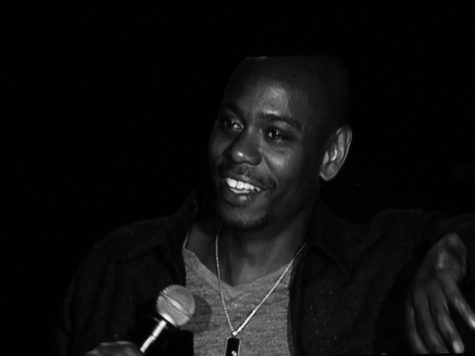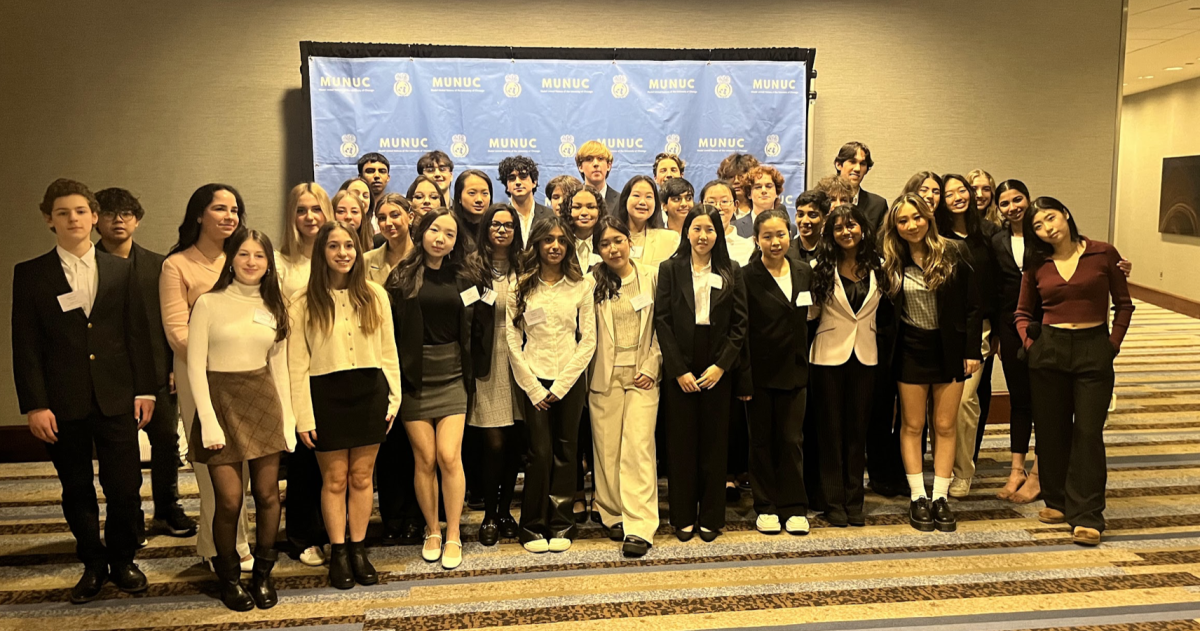The state of comedy today
March 16, 2023

In recent years, comedy has taken on new roles and relinquished some of its old ones. With social media platforms such as TikTok, Instagram, and Youtube featuring clips of comics doing stand up and original content, comedy as a whole has become more accessible. But with this reality has come changes to what comedy is and what it is allowed to do.
Looking back, the 70’s have been widely considered the beginning of the comedy renaissance. This was the time comedy became cool, as the days of basic setup, punchline jokes were over, replaced by increasingly political and edgy content fueled by a younger generation of comedians. Jerry Seinfeld, with the help of some other prominent comedians, started the trend of observational comedy, making stand-up more appealing to a wider audience. Comedy clubs opened to host this growing entertainment medium, and comedians were also becoming popular enough to perform in theaters and stadiums. However, this was also when comedy became more legitimate, with comedians going on strike to be paid for their acts. After a six week strike at the comedy club Comedy Store on Sunset boulevard, clubs agreed to start paying their workers, allowing comedians to make comedy a career. People like Steve Martin, Andy Kaufman, George Carlin and Richard Pryor became legends in their own right for their routines.
One of the most prominent concerns and conversations found in the comedy sphere right now is that of censorship and canceled culture. Comedy, especially stand up comedy, has often and still exists at the intersection of mockery and storytelling capabilities for the sake of entertainment. The issue with the former half of this intersection is that making fun of someone can transition from lighthearted to cruel, especially when critiquing marginalized groups. While this realization is not new at all, there has been an increased consciousness of this reality within comedy in the past few years as people have been more willing in general to call out racism, homophobia, and misogyny amongst other negative rhetorics. Turn to Dave Chappelle, a notorious comedian called out for a series of transphobic jokes. But even with backlash, Dave Chappelle has remained largely unaffected by this supposed “canceling”. He has maintained his popularity, been a host of Saturday Night Live, and continued to produce comedy specials with the support of Netflix. Valerie Sorenson, Spanish teacher and occasional stand-up comedian, said “Dave Chappele in the early 2000s was such an inspiration for people my age… it was very disappointing to see him double down on some transphobic views in his special.” This all goes to beg the question, how much has comedy really changed?
In an attempt to answer this question one can turn to SNL, a withstanding litmus test for the general comedy scene since 1975. When SNL started, it was wholly different to the sketch comedy show it is now. SNL was originally called NBC’s Saturday Night, where the host did not participate in the sketches, and instead did stand-up sets in between. This eventually transitioned into the model of celebrity host and sketch comedy seen today. However, SNL has never been particularly diverse, with only 7/16 members of its current cast being people of color. Notably, Bowen Yang is the first Asian-American to ever be cast on the show in its almost 50 year run. Leslie Jones, a former SNL cast member, only auditioned for the show after it faced increasing pressure from the press about the show’s lack of diversity and released a casting call calling for at least one black woman on the show, around the time. Molly Kearney is the first non-binary comedian on SNL, and they have gotten little to no screen time in the current season. Punkie Johnson is almost exclusively in sketches about being a lesbian.
While still necessitating more improvement, an increased push for the broadening of the voices of the comedy world has been seen more generally. “There’s a huge opening up in voices that are being heard. I’ll go to an open mic and there will be a person saying ‘I have social anxiety’ and they’re talking about that or ‘I have a speech impediment’ and they’re talking about that.” said Sorenson.
Comedy is an ever-evolving performative art form. Its reliance on shock value and comments on current events ensure that an air of controversy will continually be associated with it. However, the change in atmosphere is showing that the art form is capable of evolving, and becoming more and more inclusive. Sorenson elaborated on this stating “I hope we keep seeing more and more perspectives that are given voice and are allowed to speak for themselves.”








